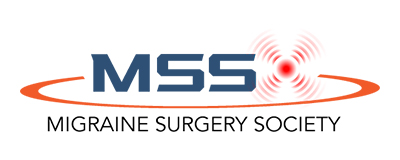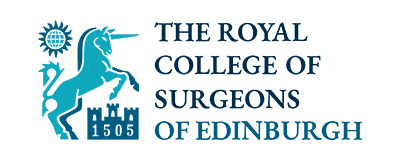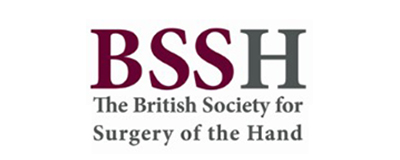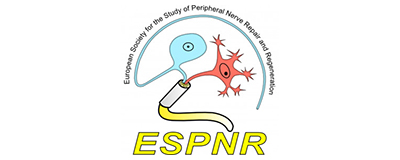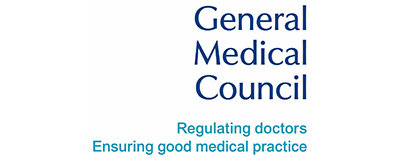What is Targeted Muscle Reinnervation (TMR)?
Targeted Muscle Reinnervation (TMR) is a surgical technique that involves redirecting the nerves that originally controlled a lost limb and connecting them to muscles in the amputation stump.
Why is TMR surgery performed?
TMR is used as a treatment for amputation stump pain, which is a type of chronic pain that occurs in the residual limb following an amputation. This type of pain is caused by the formation of neuromas, which are nerve bundles that can become irritated and painful. TMR can also improve phantom limb pain.
By performing TMR surgery, the nerves that are responsible for causing the pain are redirected to a new muscle group, where they can form new connections and reduce pain signals to the brain. In some cases, TMR can also reduce phantom limb pain, which is a type of pain that feels as though it is coming from the missing limb.
How is TMR surgery performed?
TMR surgery is performed under general anaesthetic and to achieve the best pain control, patient may need to stay in the hospital for the first three days.
After standard limb amputation, the nerves which formerly controlled the amputated part of the limb are cut and left free in the amputation stump. During the TMR procedure these nerves are located in the stump and surgically redirected to the remaining muscles by using microsurgery. This allows the nerves to grow into the muscle tissue and form new connections, which significantly reduces the likelihood of developing problematic neuromas in the stump.
The TMR surgery can be performed for both upper and lower limb amputations. It can be done at the time of the initial amputation or as a standalone procedure.
What are the outcomes of TMR procedure?
TMR has been shown to be an effective treatment for amputation stump pain with the potential to significantly reduce or in some patients eliminate the pain. In order to maximise the success of the procedure it needs to be supported by other pain management techniques, such as pain medication and physical therapy.
It is important to note that there may be a transient worsening of pain immediately after the procedure and it usually takes several weeks for the benefits of the procedure to be noticeable.
What are the complications of TMR procedure?
TMR procedure is done through additional incisions on the stump, which may be complicated by infection, prolonged wound healing, collection of blood in the stump (a haematoma). Following the procedure there may be new areas of numbness on the stump which tend to resolve with time but may be permanent. There is also a small risk of developing deep vein thrombosis and pulmonary embolism despite all the precautions to prevent these.
Discussion with Mr Tomas Madura is important to answer any questions that you may have. Please contact us for more information about any specific conditions not featured on the website.


